Fabric Creases Explained: What’s Behind the Wrinkles?
Published On: September 4, 2024 By: chen hui
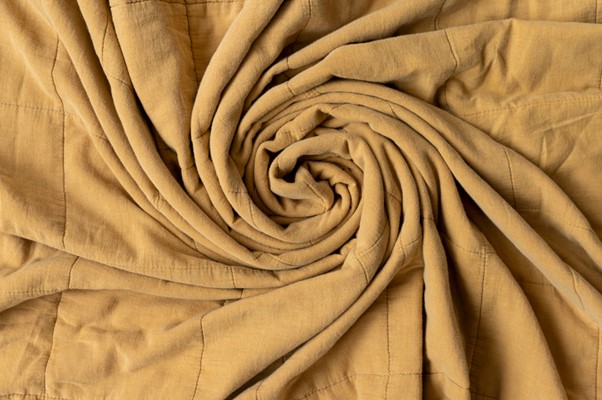
Have you ever known why fabrics wrinkle? If not, we – Aung Crown – a professional hat and garment manufacturer since 1998, will introduce 3 main factors that cause fabrics to crease.
1. Production Process
During processed
Weaving process: During the weaving process, if the stretch of the yarns cannot remain uniform, it can lead to unevenness in the fabric structure. If individual yarns have a fairly large stretch, the woven fabric will be relatively tight in that area, and other parts may be loose. This tension difference is prone to cause wrinkles during the following and used process.
Dyeing and tiding: During dyeing and tiding, the temperature, humidity, and chemicals used may affect the smoothness of the fabric. For example, during high-temperature dyeing, if the fabric cannot get event treatment, then there might be some partible shrinkage or deformation, which can cause wrinkles. In addition, some chemicals may cause the fabric to harden or become brittle, which may increase the rate of wrinkling.
Packaging and storing
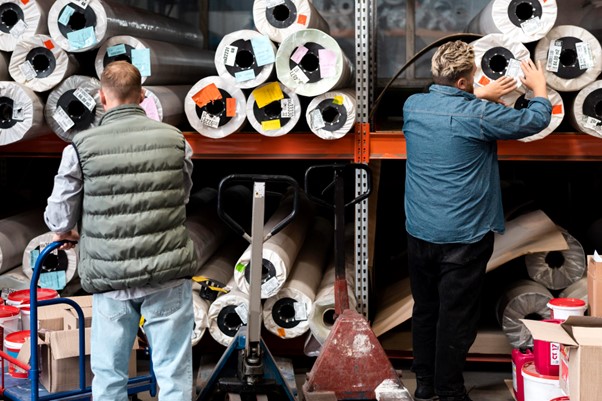
Packaging methods: Different packing methods can cause fabric to wrinkle. If the fabric is folded too tightly or unevenly for a long time, creases can form and remain, especially with some fairly thin fabrics that are easily affected by packing pressure.
Storage: The temperature and humidity of the storage environment can affect the flatness of fabrics. If the storage environment is too humid, fabrics can easily absorb water, becoming soft and prone to creasing. Conversely, if the storage environment is too dry, fabrics can become hard and it’s also easy to crease. In addition, when fabrics are stacked for a long time, they also get creased and deformed under the pressure of gravity.
2. During Shipping
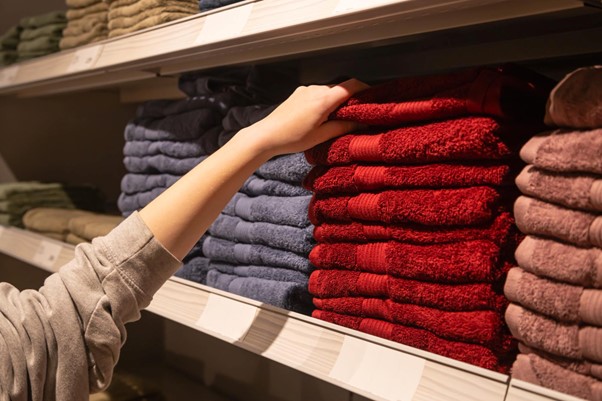
Portaging and stacking
Portaging: If fabrics are subjected to rough portaging during shipping, it can cause the fabric to get folded or twisted, resulting in creases, especially for some soft fabrics that are much more easily affected by external forces to deform.
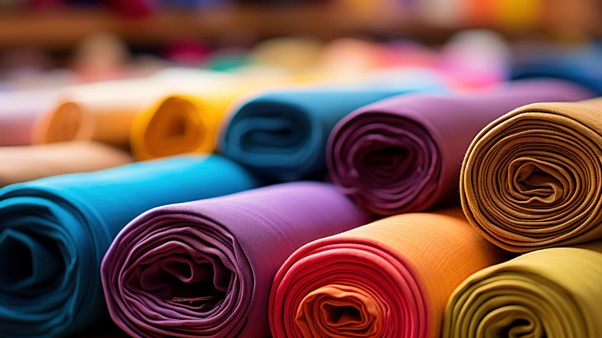
Stacking: Incorrect stacking can also cause wrinkles. If fabrics are stacked too high or in a disorderly manner, the lower fabrics will bear a lot of pressure, making it easy for creases to form. What’s more, if the fabric is stacked for a long time, the creases will be difficult to remove.
Shocking and squeezing
Shipping: Vibrations and bumps during shipping can also cause fabrics to wrinkle. For example, when shipping by car, train, or airplane, uneven roads or bumpy air currents can cause friction and squeezing between fabrics, resulting in wrinkles.
Packaging protection: If the packaging is not stable enough or there are not enough buffering materials, fabrics are much more easily affected by shocks and squeezes. Proper packaging materials such as foam films and bubble films can reduce shocks and squeezes for fabrics during shipping to lower the risk of causing creases.
3. Using & Wearing/Dressing

Wearing and washing
Dressing habits: Improper dressing habits can cause fabrics to wrinkle. For example, sitting or squatting for long periods can cause partible and special wrinkles. It’s also easy for fabrics to wrinkle if they are overstretched or over-twisted.
Washing methods: Incorrect washing methods are also one of the causes of wrinkles. For example, if there are too many clothes in the washing machine, or if you stir too vigorously, then the clothes will twist and rub against each other, then it’s much easier to get wrinkles. In hand washing, if clothes are scrubbed or wrung too hard, it can also cause clothes to wrinkle. In addition, using improper detergents or high-temperature water can also affect the flatness of clothes and fabrics.
Storing methods
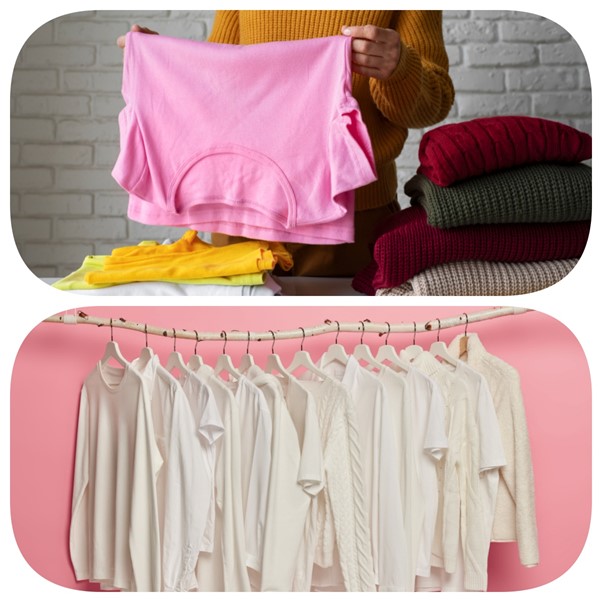
Folding and hanging: When clothes are stored, if they are hung or folded improperly, then it can also cause creasing. For example, if clothes are folded too tightly or unevenly, or hung with improper hangers, all these can make clothes crease or deform under the function of gravity.
Environmental factors: The temperature and humidity of the storage environment can also affect the flatness of fabrics. If the storage environment is too humid, fabrics absorb water and become soft, increasing the possibility of creasing. If the environment is too dry, fabrics can become hard and easily crease.
In summary, many factors can cause fabrics to crease or wrinkle, including production, shipping, and use. To reduce wrinkling, measures must be taken in all areas. For example, choosing optimized production crafts or proper packing methods, washing in the right way, and proper storage, etc.
